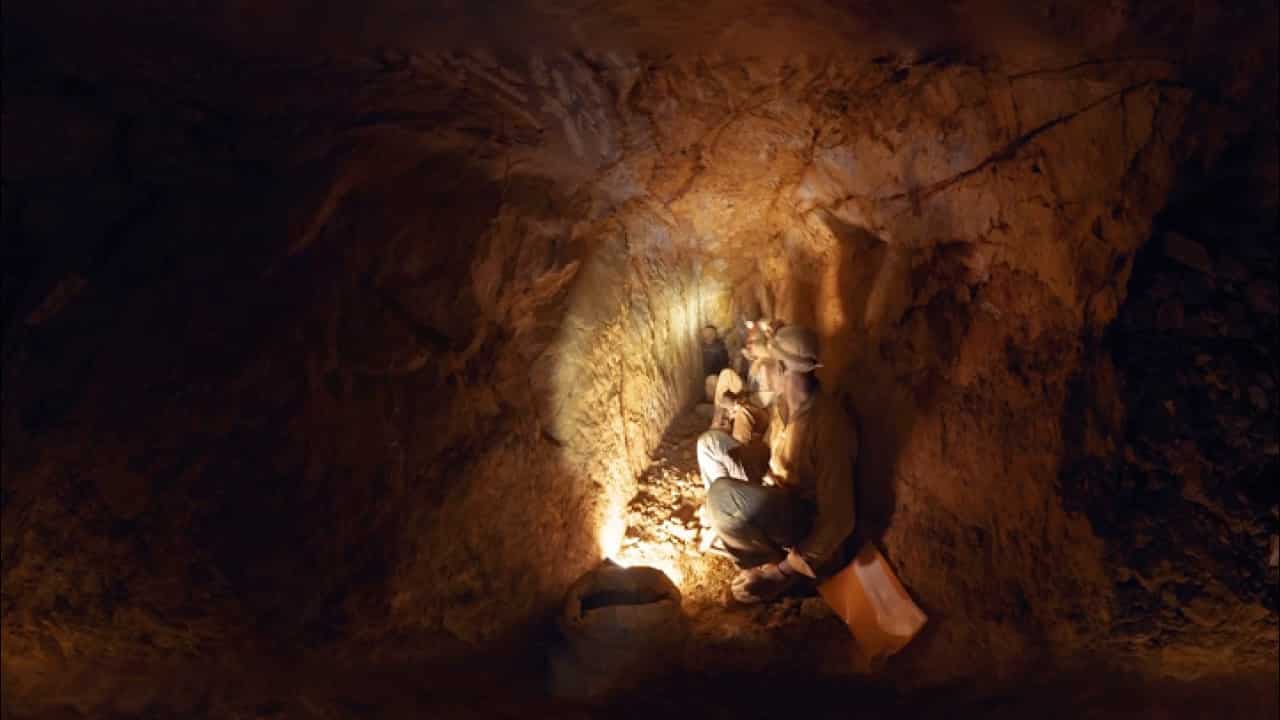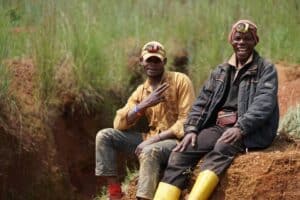The latest Google VR film, “The Journey of Gold”, explores the issue of gold mining in the Democratic Republic of the Congo. As you may know, over five million people have died from resource extraction conflicts in the area. More than 95% of the gold is mined illegally and smuggled out to other countries.
The most compelling line is at the start of the VR film, reminding you that,
Every day you may hold a piece of the Congo in the palm of your hand.
The gold and other minerals not only end up in jewelry and banking but in our Smartphones and other technology. Yes, in the palm of your hand.
Here’s the description from VR Scout,
The film’s featured Nyamurhale Mine in the DRC is part of a vast industrial system that excavates metals used in electronics like tantalum, tin, tungsten, and gold. These metals are known as “3TG” or “conflict minerals” since they come from regions where civil war has been raging for decades.
Alyssa Newman, Google’s Conflict Minerals and Sustainability Program Manager, said that the film’s goal is to raise awareness about their efforts to implement responsible practices for sourcing these metals.
According to Newman, people outside the DRC need to understand ‘how resources get from a mine in the Congo to the phones and devices we use every day.’
Gold is a particularly contentious resource in the DRC and throughout central Africa, and the Nyamurhale Mine is among many which have experienced high rates of criminal activity like smuggling and unlawful mining.
Can a Google VR film make a difference?

Of course, virtual reality won’t directly change the situation in the DRC, but it sheds a light on one mine that is trying to operate differently. And perhaps, it encourages us to stop and consider what our technology depends on. Tragically, it’s been too easy to look the other way when an issue includes the African continent.
Change will take much more than a short VR project. The film is part of Google’s Conflict Minerals Program, an effort to address these issues by working with government agencies and NGO’s. And even that is not enough without everyone being on board.
VR experiences and context
As a Google VR film, it’s worth viewing in contrast to other VR / 360° experiences such as The New York Times, “The Displaced“, which took a more empathetic approach in focusing directly on the lives of young children. In The “Displaced”, you’re sitting inside a small dugout as a child in the Southern Sudan paddles through the marshland. You find yourself inside the bombed-out classroom of a young Ukrainian boy.
Google’s project is structured more like a traditional documentary, exploring the issues surrounding the gold mine. There is only a small segment where you actually see the working conditions of the miners.
Yet the sense of presence in a 360° VR experience is still compelling. At any minute, you feel like an illegal militia could appear and appropriate this mine back into the ongoing conflicts in the region. And that feeling suggests the importance of context in experiencing a VR film. Even when you are there, you’re bringing in the broader perspective of what you know. Your anticipations of what might happen also shape your experience of the 360° video.
Production and availability details
In creating the 360° film, Google used their Jump VR platform which uses a number of VR cameras and automatic stitching. It’s available on the Discovery VR app (iOS, Android, Daydream) and we’ve included the YouTube version below. Any basic VR viewers will work, including Google Cardboard or Daydream View.
Here’s “The Journey of Gold”:
After experiencing this Google VR film, spend a little time on the Responsible Artisanal Gold Solutions Forum to better understand what your technology depends on.
You may, indeed, be holding a little piece of the Congo in the palm of your hand.
Emory Craig is a writer, speaker, and consultant specializing in virtual reality (VR) and generative AI. With a rich background in art, new media, and higher education, he is a sought-after speaker at international conferences. Emory shares unique insights on innovation and collaborates with universities, nonprofits, businesses, and international organizations to develop transformative initiatives in XR, GenAI, and digital ethics. Passionate about harnessing the potential of cutting-edge technologies, he explores the ethical ramifications of blending the real with the virtual, sparking meaningful conversations about the future of human experience in an increasingly interconnected world.

